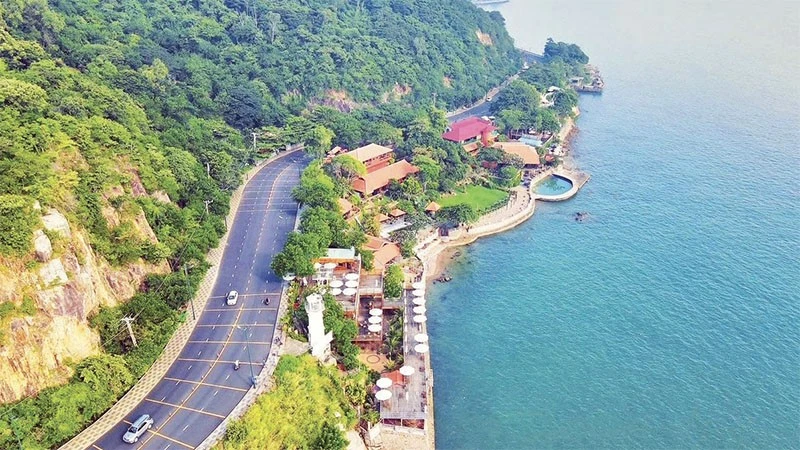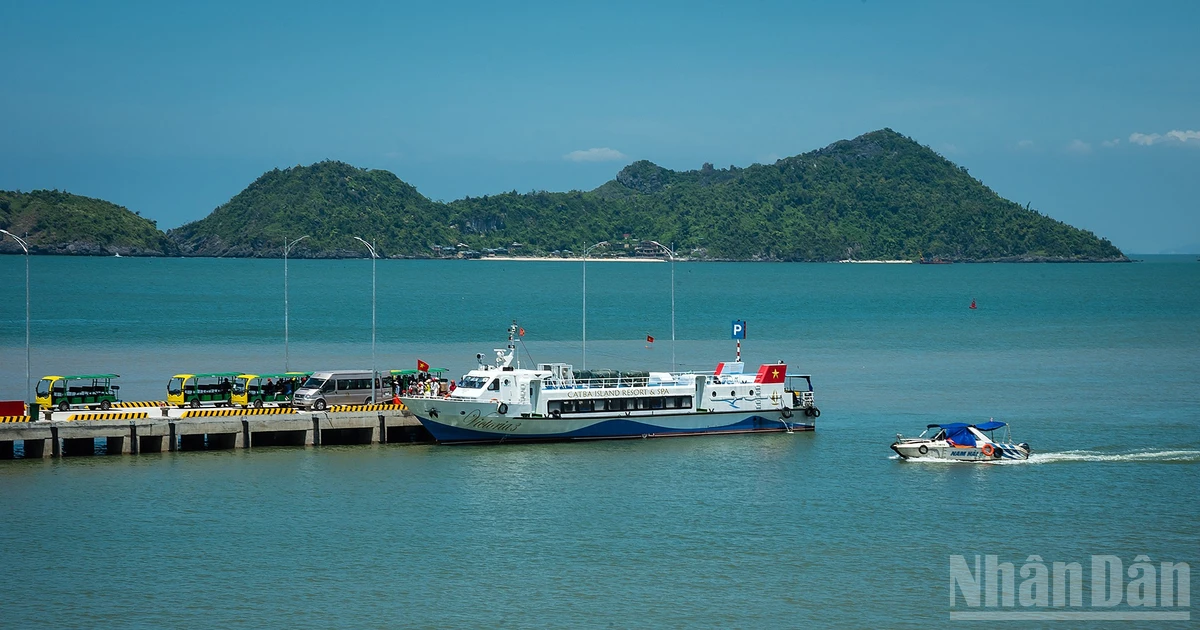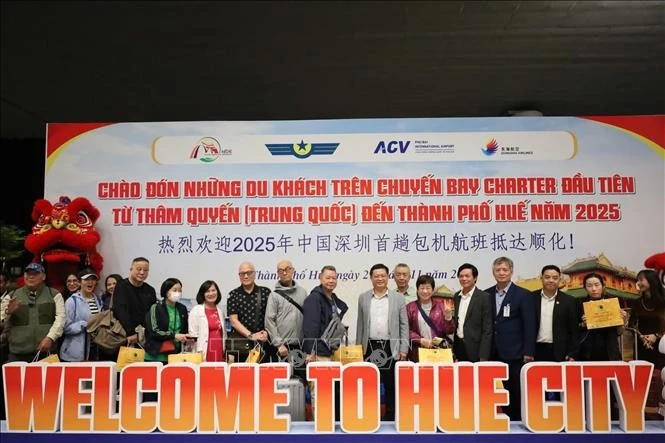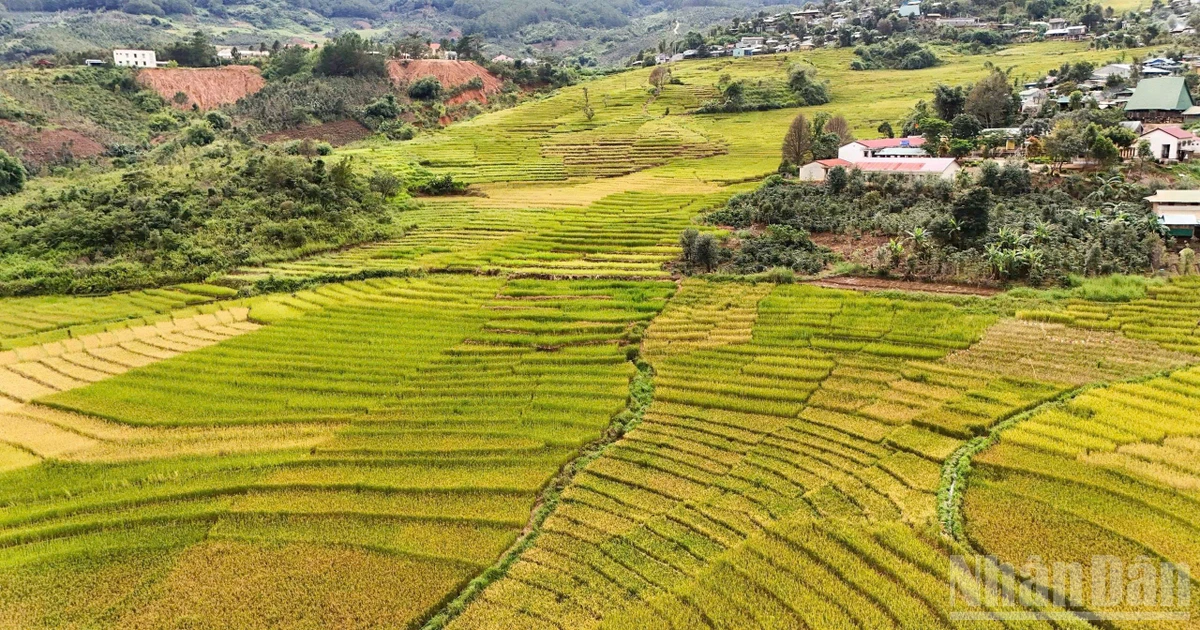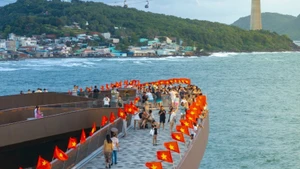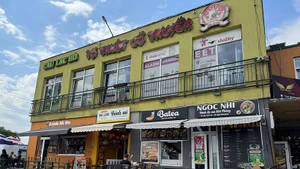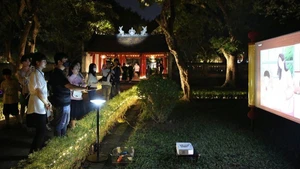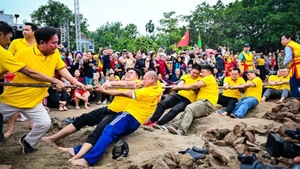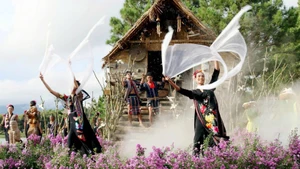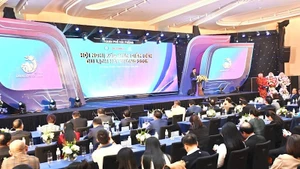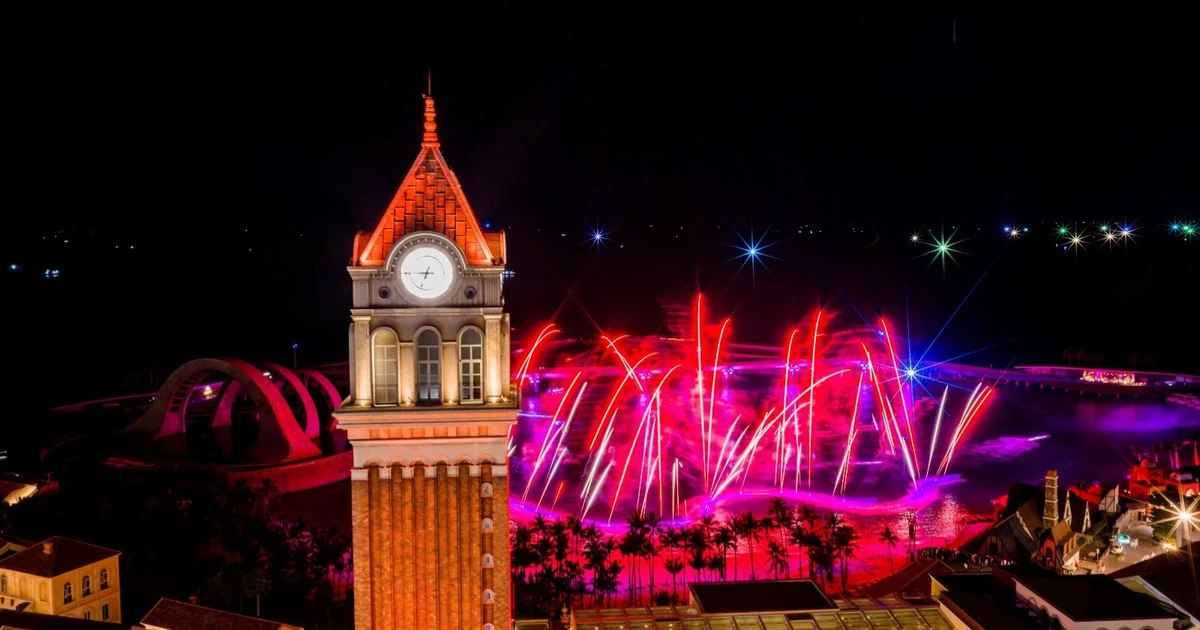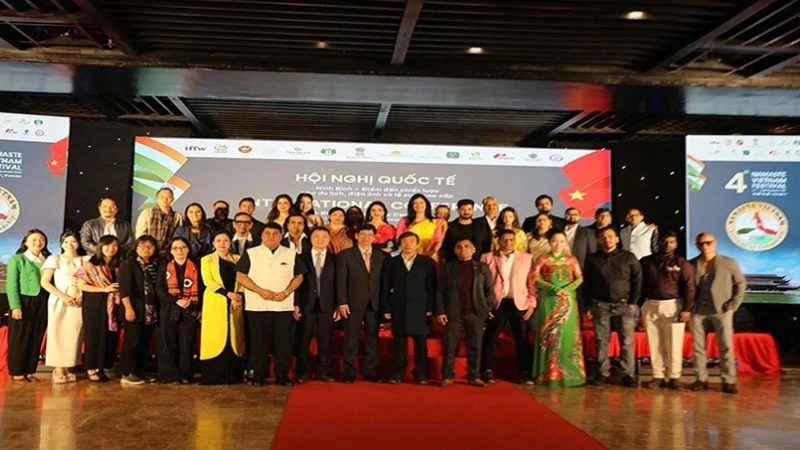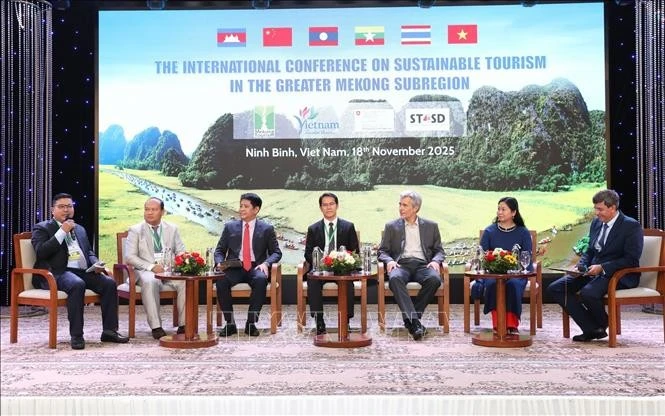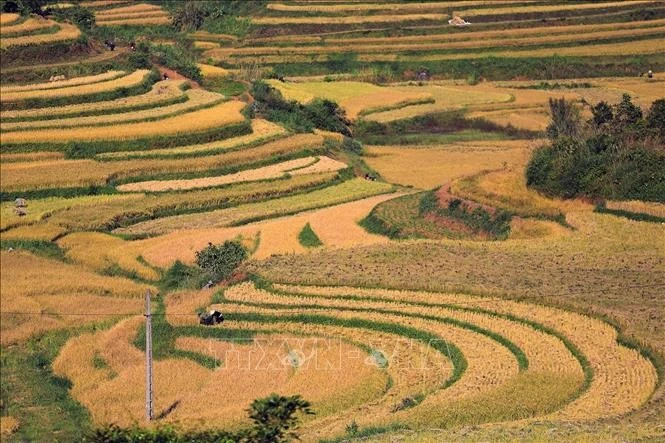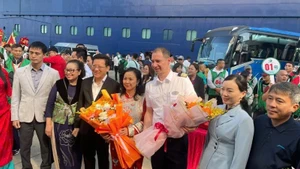These awards are not only a source of pride but also a testament to the city’s steadfast, innovative, and sustainable approach to tourism development over the years.
According to the World Travel Awards (WTA), in 2025, Ho Chi Minh City was once again named “Asia’s Leading Business Travel Destination” and “Asia’s Leading Festival and Event Destination.” These two titles have been maintained for four consecutive years since 2022. The Ho Chi Minh City Department of Tourism was also honoured for the third consecutive time as “Asia’s Leading City Tourism Authority,” reflecting its credibility and professional management capacity.
Remarkably, this year, Vung Tau — a coastal destination closely linked to Ho Chi Minh City’s tourism network — was named “Asia’s Leading Short-Stay City Break Destination,” marking the first time the city’s coastal tourism has been recognised at this level and opening new prospects for tourism linkages across the Southeast region.
These awards serve as international recognition of the city’s efforts in renewing its development mindset, enhancing tourism products, and building a distinctive destination brand. In the context of a global tourism industry still recovering from the pandemic, maintaining a rapid recovery pace, expanding markets, and establishing a unique identity are not easy tasks. Ho Chi Minh City’s success stems from its long-term vision and flexible, practical implementation strategies.
Today, Ho Chi Minh City is not only known for its skyscrapers, bustling shopping centres, and vibrant night food streets but also as an experiential hub where visitors can immerse themselves in the rhythm of modern urban life and feel the culture and spirit of the southern Vietnamese people.
Tourism, cultural, and sports events are regularly organised on a large scale — such as the River Festival, Ao Dai Festival, Ho Chi Minh City Tourism Festival, and International Food Festival, helping to shape the image of an open, civilised, and dynamic metropolis.
In addition, the city offers distinctive tourism products such as river tourism, MICE tourism, medical tourism, and eco-agricultural tourism in Can Gio and Cu Chi, along with heritage tourism routes that include the Central Post Office, Independence Palace, and War Remnants Museum. Each product and destination tells a story about the city’s history, culture, and creative spirit.
A highlight of the city’s tourism industry in recent years has been digital transformation. Smart tourism applications, digital maps, and online support platforms have been developed to enhance the visitor experience and promote destinations. Accommodation facilities, restaurants, and convention centres are increasingly investing in environmentally friendly, green initiatives in line with global trends toward sustainable tourism.
The city has also actively expanded regional linkages, connecting with provinces in the Southeast, Mekong Delta, Central Highlands, and South-Central Coast to form diverse tourism chains. From the concept of “One Journey, Multiple Destinations” to “Green Connection – Sustainable Tourism,” these cooperative models have helped the city broaden its tourism space, leverage natural and cultural advantages, and increase overall value.
The recognition of Vung Tau as “Asia’s Leading Short-Stay City Break Destination” is a direct result of regional development cooperation policies. The city is moving towards an integrated tourism ecosystem that connects sea, forest, and urban attractions—both expanding its market and strengthening the influence of the southern key economic region.
At the same time, Ho Chi Minh City focuses on preserving and promoting Southern Vietnamese cultural identity—an essential factor in maintaining long-term appeal. From coffee culture, traditional markets, and don ca tai tu folk music to the nostalgic cultural spaces of old Saigon, each cultural element is both preserved and renewed, becoming an attraction that invites visitors to explore.
In the first nine months of 2025, the city welcomed nearly 5.8 million international visitors and more than 29 million domestic tourists, with total revenue exceeding 184 trillion VND—approaching the annual targets of 10 million international visitors and 50 million domestic visitors.
This achievement is not only a source of pride but also a motivation for Ho Chi Minh City to continue innovating, improving service quality, preserving cultural identity, and advancing towards sustainable development.
According to the orientation set by the 1st Congress of the Ho Chi Minh City Party Committee (2025–2030 term), tourism is defined as a key economic sector, making an important contribution to the city’s GRDP. By 2030, the city aims for tourism to account for around 15% of GRDP and to become a leading tourism centre in Southeast Asia. To achieve this goal, Ho Chi Minh City is implementing a comprehensive range of measures: re-planning tourism spaces in line with the smart city model; enhancing human resource quality; improving the tourism environment; and promoting the city’s brand as a dynamic and hospitable destination.
